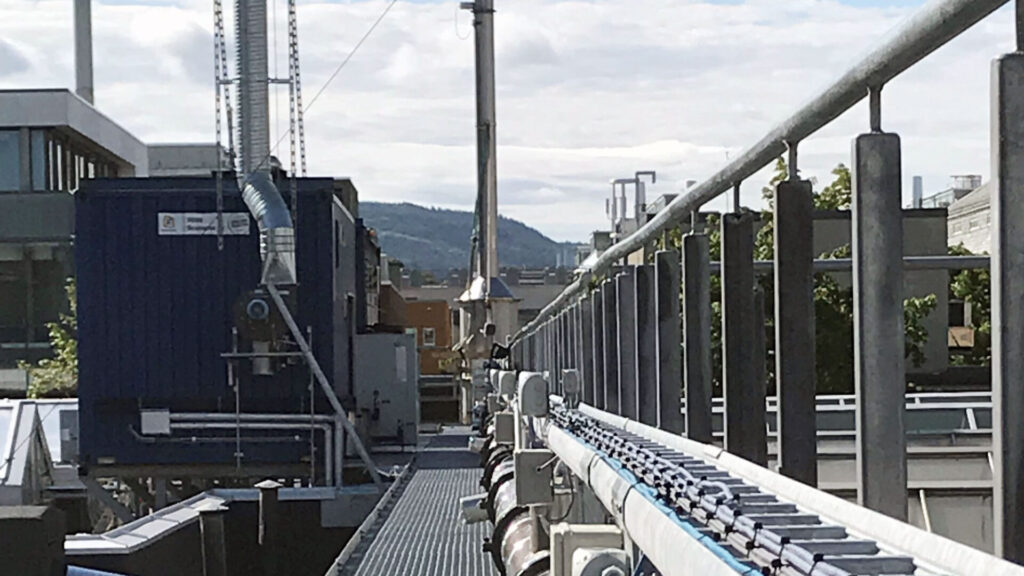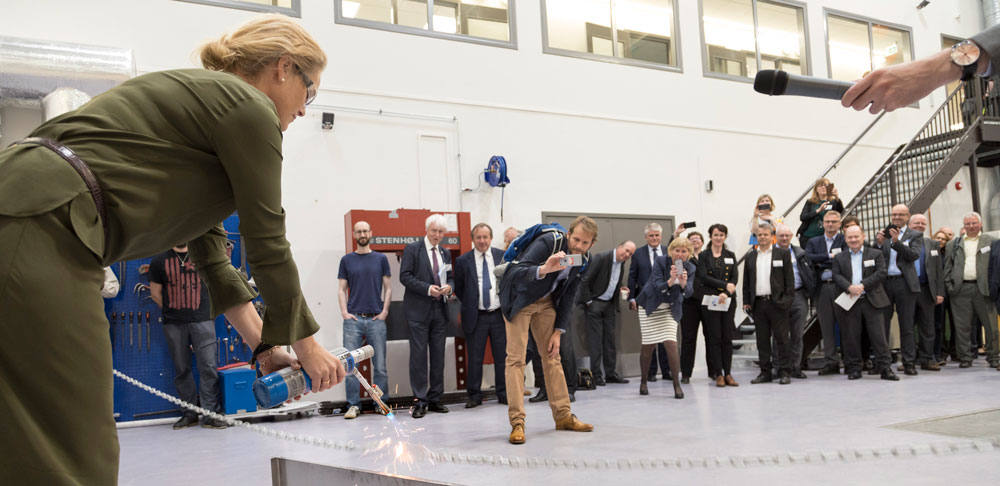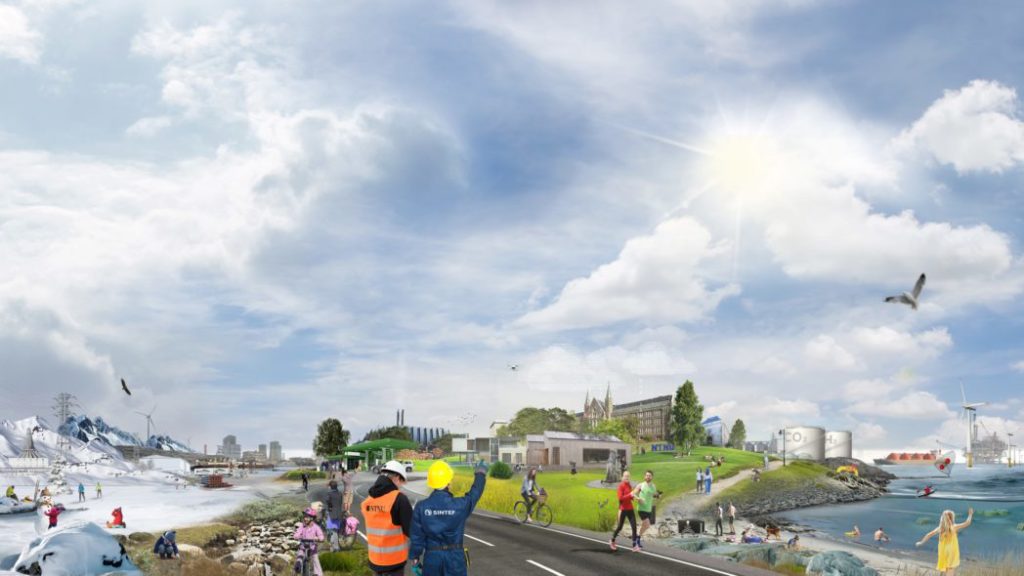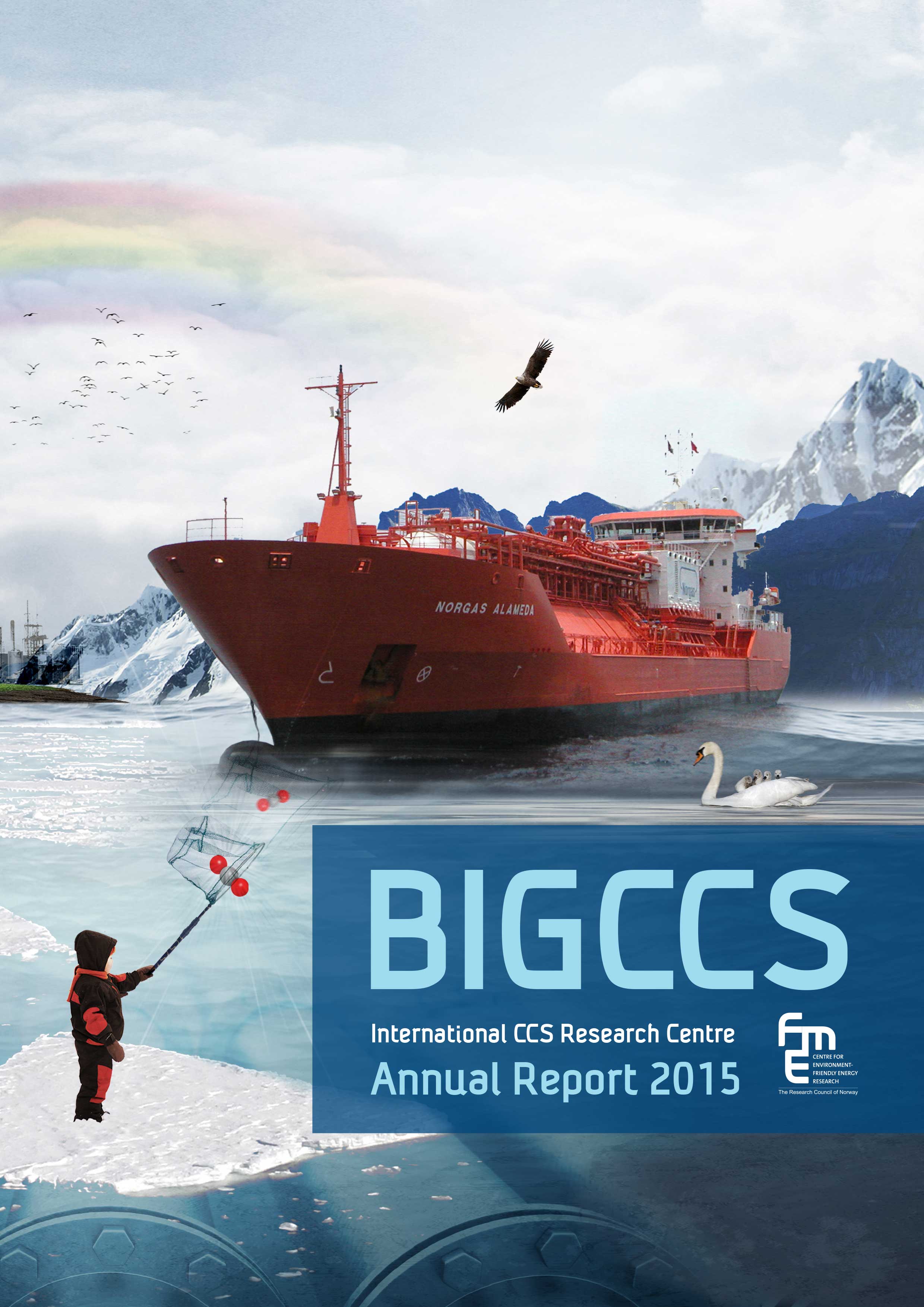Why is understanding choked flow crucial for CO2 capture, transport and storage?
If we are to design and operate CO2 capture, transport and storage (CCS) systems efficiently and safely, we need to know more about CO2’s choked flow – that is, its maximum flow rate through valves, holes or other restrictions. This has been the subject of a new paper: Experiments and modelling of choked flow of CO2 in orifices and nozzles.
Three celebrations in one – new EU project, new laboratories, and the 100th anniversary of the NTNU Waterpower lab
On Monday 12 June, Trondheim is making a name for itself as a new European research capital for climate change technology, now that…
ECCSEL opening: To succeed, we must work across borders
Secure, affordable, and clean energy is a key to achieving the UN’s sustainable development goals – and indeed to human well-being. The development…
BIGCCS Annual Report 2015: Accelerating CCS
2015 is the 7th year in operation for BIGCCS – International CCS Research Centre that has grown to a powerful centre of excellence;…




